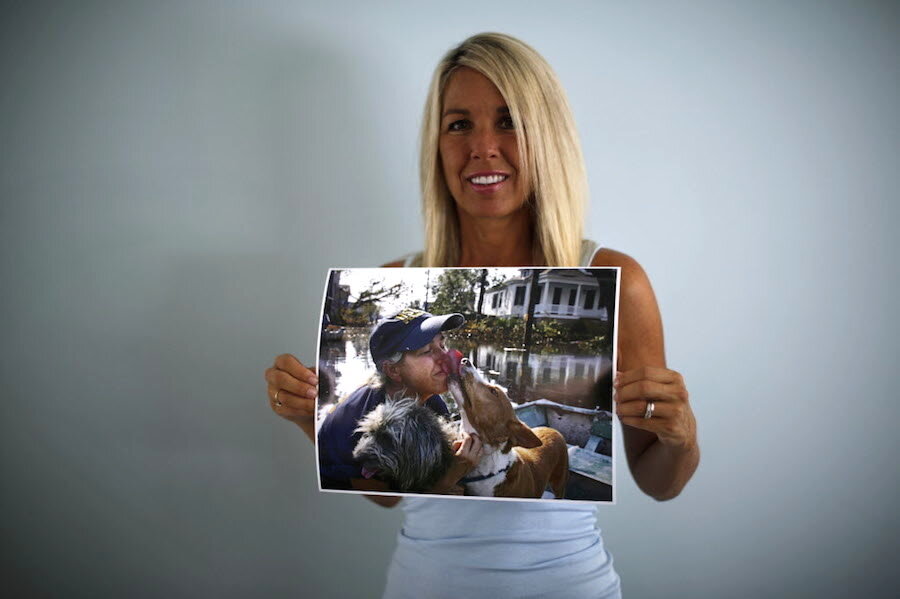New Orleans’ thanks for post-Katrina volunteers
Loading...
A decade ago, in the aftermath of hurricane Katrina, the people of New Orleans could not have imagined how they might mark the disaster’s 10th anniversary this August. A jazz festival to announce “We’re back!”? A marching band on rebuilt levees? A restaurant gala in the French Quarter to woo tourists?
No, they chose the last week of August to celebrate by the thousands as volunteers, doing service projects for others to keep regenerating their once-flooded metropolis.
The bigheartedness was meant to honor the incredible giving of time and money by tens of thousands of Americans and others who visited over the years to help New Orleans restore and reinvent itself.
This sustained generosity, focused on one place over a decade, may have been the greatest in American history. It encouraged the citizens of New Orleans to become more engaged in their city’s renewal, especially after early government efforts faltered. Grass-roots partnerships sprang up, and religious organizations worked together in an ecumenical spirit.
“The collective impact of these volunteers – constructing, cleaning, mentoring, training, and more – forms the foundation of our resilient city,” says Mayor Mitch Landrieu.
The numbers bear this out. In 2012, New Orleans had 40 percent more nonprofits than in 2000, according to the Urban Institute. Contributions to these charitable groups, which include private donations, corporate giving, and government grants, grew 74 percent compared with a nationwide average of 53 percent during the same period. One of the larger and most famous contributors was the Bush-Clinton Katrina Fund, which was led by former Presidents George H.W. Bush and Bill Clinton.
When asked which type of organizations helped the most in bolstering the city, 83 percent of residents cite charities and religious groups, according to a survey by the Kaiser Family Foundation. Nearly three-quarters of residents say the recovery and rebuilding is going in the right direction.
To be sure, the federal government put about $42 billion into post-Katrina New Orleans, notably to improve its waterways against another huge flood. Government money was also instrumental in helping most of the city’s 45,000 public school students attend charter schools – a massive experiment in private education with mixed results so far. And New Orleans has yet to tackle racial and income inequality. A third of its African-Americans still wonder if they should move away, according to the Kaiser poll.
Mr. Landrieu says the city is “the nation’s leading laboratory for social change.” It is also a global model for the power of private caring in the face of a public disaster. With its unique culture and social bonding, New Orleans was sure to bounce back better. Bounce back it has, with moments of service on this anniversary in gratitude to those who helped it along.







